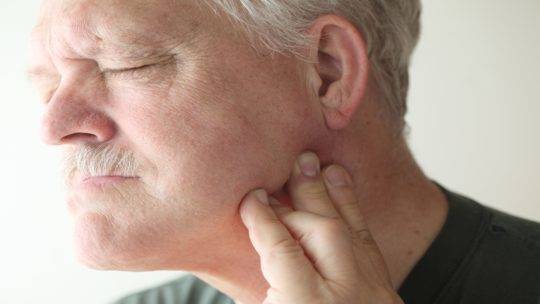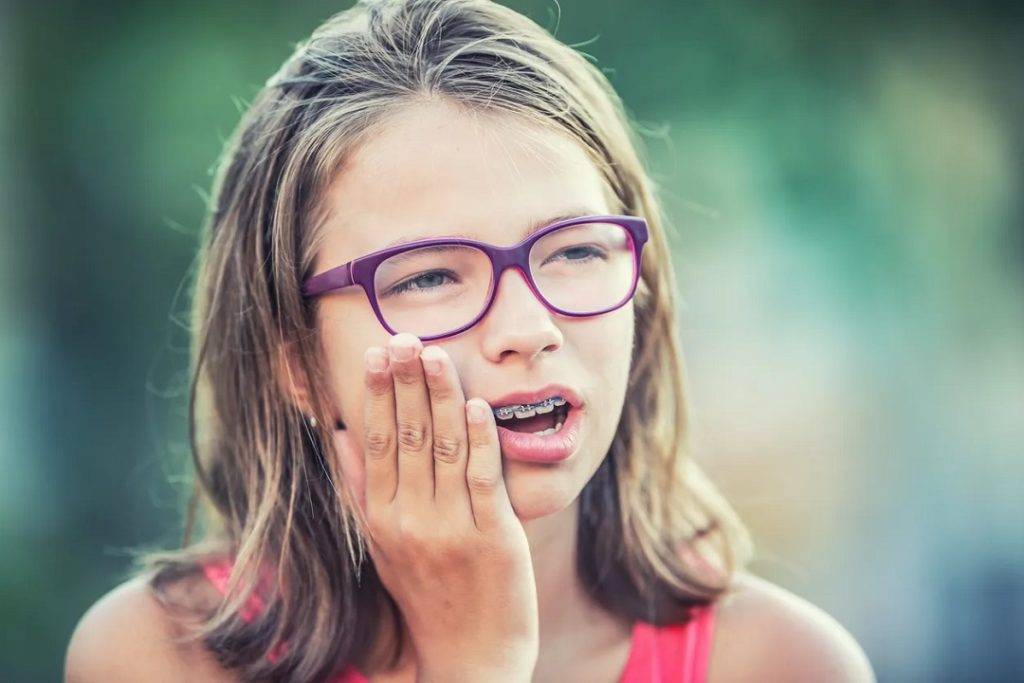Having crooked teeth is more common than you think. Most people require orthodontic treatment or braces to correct their irregularly aligned teeth. However, braces improve the appearance of your smile, but this is not true!
There are several reasons why you must opt for braces treatment. Ease of cleaning, ability to chew correctly, improved health of the jaw joint (TMJ), and of course, a better smile and higher confidence.
Several myths surround the side effects of dental treatments, such as root canals, extractions, and braces that may harm your eyes. Many people refrain from undergoing braces treatment because they believe braces can cause neurological damage.
Here’s what you need to know orthodontic treatment corrects the alignment and position of your teeth to give you a better smile and a beautiful appearance. While your teeth move, the soft tissues on your face, like the lips and cheeks, adapt alone.
Side Effects of Wearing Braces
Despite their many benefits, some side effects that you may experience during your braces treatment include:
Pain

However, in some cases, when excessive force is applied, you may experience severe pain that needs an immediate visit to your dentist or orthodontist. It has been found that around 30% of patients discontinue their orthodontic treatment midway due to unbearable pain.
Pain or discomfort is usually felt in the front teeth as they are smaller and have lesser thickness.
Though discomfort and mild pain is observed during orthodontic treatment, you must understand that this pain is temporary and does not last longer than a few hours to a couple of days.
Damage to the tooth root
Every tooth has two portions the upper crown (white portion of the tooth visible in the mouth) and the root (the unseen part of the tooth lodged in the bone that anchors it).
When the orthodontist tightens the wires in your braces, forces are applied to the teeth, which causes them to move. The root portion moves as the bone undergoes remodelling and re-shaping. During this process, the root surface also undergoes resorption or erosion.
When the forces applied to the teeth are high, root erosion increases, which can sometimes be fatal to the tooth. Tooth death is considered to be a long-term effect of orthodontic treatment.
Tooth death
Though less common, tooth death is a side effect of braces. The pulp is the innermost layer of the tooth and keeps it alive. When forces are applied to the tooth during the tightening of braces, it causes mild inflammation in this pulp layer.
When forces are within normal limits, the inflammation of the pulp subsides and causes the healing of tissue. However, excessive forces cause chronic pulp inflammation, which eventually leads to the death of the tooth.
Damage to gums and bone
Our smile is made of white teeth and pink gums. Gums are soft tissue surrounding your teeth and cover the underlying bone in which the teeth are lodged. Tooth movement with braces also brings about changes in the gums and underlying bone.
Wearing fixed braces during orthodontic treatment makes it difficult to brush and floss, resulting in poor oral hygiene and gum infection. Gum infection can cause gum inflammation giving rise to gingivitis. If not corrected in time, the infection can spread to the underlying bone, resulting in bone infection (periodontitis).
Periodontitis can cause infection, pus formation and loosening of teeth, which can delay orthodontic treatment.
While this is not a direct side effect of braces, not taking good care of your oral hygiene can affect your orthodontic treatment.
Increased tooth cavities
If you wear braces, keeping your teeth and gums clean becomes challenging. Food and plaque accumulate around the brackets, which, if not cleaned in time, can result in tooth decay and early signs of demineralisation. Cavities can result when this early tooth decay is not resolved in time.
Damage to cheeks and lips
Though your facial soft tissues adapt to your moving teeth, you may experience nicks and cuts inside your lips and cheeks. This is more common in people having forwardly-placed teeth, crossbites or functional habits. When your teeth move backwards, the wire may poke the cheeks towards the back of your mouth.
TMJ issues

However, when orthodontic treatment is not done correctly, it can aggravate TMJ issues and give rise to pain in the joint or associated muscles, discomfort, difficulty in opening the mouth, improper chewing, etc.
Do Braces Damage Your Teeth?
Many people wonder if braces damage their teeth. Well, here’s what you should know: Your orthodontist uses a dental adhesive to fix the brackets on your teeth.
After treatment completion, your orthodontist removes the bracket and the adhesive material from the tooth surface. However, the enamel surface can get grinded away when not done correctly, creating roughness on your teeth.
Braces may cause some side effects, but these are less common. Also, the benefits of braces far outweigh the side effects or possibility of tooth damage.
Key Takeaway!
If you have been wondering, What are the side effects of braces? or if braces are worth it, you must know they are! The side effects of braces are less common, and when experienced orthodontists perform the treatment, the side effects are almost nil.
So, if you wish to get braces treatment done with minimal side effects, drop into your nearest Sabka Dentist clinic and book your appointment with our expert Orthodontists.





